-
 Bitcoin
Bitcoin $108,192.4840
-0.79% -
 Ethereum
Ethereum $2,520.0996
-1.16% -
 Tether USDt
Tether USDt $1.0002
-0.01% -
 XRP
XRP $2.2216
-0.44% -
 BNB
BNB $655.3498
-0.46% -
 Solana
Solana $148.0291
-1.58% -
 USDC
USDC $0.9999
0.00% -
 TRON
TRON $0.2831
-1.37% -
 Dogecoin
Dogecoin $0.1642
-1.68% -
 Cardano
Cardano $0.5748
-1.24% -
 Hyperliquid
Hyperliquid $39.4087
1.28% -
 Sui
Sui $2.9157
-0.36% -
 Bitcoin Cash
Bitcoin Cash $483.5621
0.38% -
 Chainlink
Chainlink $13.2143
-1.13% -
 UNUS SED LEO
UNUS SED LEO $9.0623
0.20% -
 Avalanche
Avalanche $17.8302
-1.40% -
 Stellar
Stellar $0.2374
-1.09% -
 Toncoin
Toncoin $2.7496
-2.20% -
 Shiba Inu
Shiba Inu $0.0...01147
-0.83% -
 Hedera
Hedera $0.1557
0.09% -
 Litecoin
Litecoin $86.3775
-1.75% -
 Monero
Monero $312.5454
-2.83% -
 Polkadot
Polkadot $3.3663
-2.25% -
 Dai
Dai $1.0000
0.01% -
 Ethena USDe
Ethena USDe $1.0001
0.00% -
 Bitget Token
Bitget Token $4.4127
-1.15% -
 Uniswap
Uniswap $6.9598
-5.53% -
 Pepe
Pepe $0.0...09815
0.25% -
 Aave
Aave $270.5779
0.33% -
 Pi
Pi $0.4678
-3.14%
How to place orders on Gate.io? The difference between limit orders and market orders
To place orders on Gate.io, access the trading interface, choose your crypto pair, and use limit orders for price control or market orders for quick execution.
Apr 29, 2025 at 05:36 pm
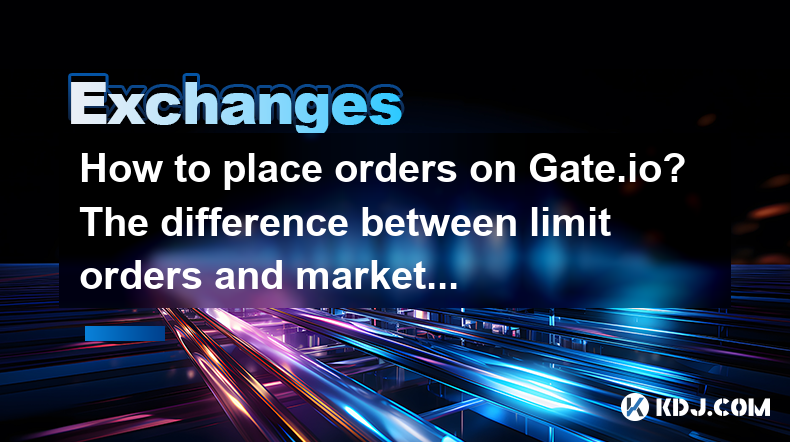
Placing orders on Gate.io is a straightforward process that allows users to buy and sell cryptocurrencies efficiently. Whether you're a beginner or an experienced trader, understanding the different types of orders available on the platform is crucial for effective trading. In this article, we will guide you through the steps of placing orders on Gate.io and explain the key differences between limit orders and market orders.
Accessing the Trading Interface
To start placing orders on Gate.io, you first need to access the trading interface. Here's how you can do it:
- Log in to your Gate.io account.
- Navigate to the 'Spot Trading' section on the main menu.
- Choose the cryptocurrency pair you want to trade. For example, if you want to trade Bitcoin for Ethereum, select the BTC/ETH pair.
Once you're on the trading page, you'll see various sections including the order book, trading chart, and order placement forms.
Placing a Limit Order
A limit order allows you to buy or sell a cryptocurrency at a specific price or better. Here’s how to place a limit order on Gate.io:
- In the 'Buy/Sell' section, select 'Limit'.
- Enter the amount of cryptocurrency you want to buy or sell.
- Specify the price at which you want the order to be executed.
- Click on 'Buy' or 'Sell' to submit your order.
Your limit order will be added to the order book and will be executed when the market reaches your specified price or better. This type of order gives you more control over the price at which you trade.
Placing a Market Order
A market order is executed immediately at the best available current market price. Here’s how to place a market order on Gate.io:
- In the 'Buy/Sell' section, select 'Market'.
- Enter the amount of cryptocurrency you want to buy or sell.
- Click on 'Buy' or 'Sell' to submit your order.
Market orders are useful when you want to enter or exit a position quickly, but you may not get the exact price you expect due to market volatility.
Understanding the Order Book
The order book on Gate.io displays all the current buy and sell orders for a specific cryptocurrency pair. It's divided into two sections:
- Bids: These are the buy orders, listed from the highest price to the lowest.
- Asks: These are the sell orders, listed from the lowest price to the highest.
Understanding the order book can help you make more informed trading decisions, especially when placing limit orders.
Managing Your Orders
After placing an order, you can manage it through the 'Open Orders' section on Gate.io. Here, you can:
- View all your active orders.
- Cancel any order that hasn’t been executed yet.
- Modify the price or amount of a limit order if the platform allows it.
Regularly checking your open orders ensures that you can react quickly to market changes and adjust your trading strategy as needed.
The Difference Between Limit Orders and Market Orders
Understanding the differences between limit orders and market orders is essential for effective trading on Gate.io. Here are the key distinctions:
- Execution Price: A limit order is executed at the specified price or better, while a market order is executed at the best available price at the time of submission.
- Execution Speed: Market orders are executed immediately, whereas limit orders may take time to be filled, depending on market conditions.
- Control Over Price: Limit orders give you more control over the price at which you trade, while market orders prioritize speed over price control.
- Risk and Volatility: Market orders can be riskier in volatile markets, as the execution price may differ significantly from the last traded price. Limit orders can mitigate this risk by setting a specific price.
Choosing between a limit order and a market order depends on your trading goals and the current market conditions. If you prioritize getting a specific price, a limit order is the better choice. If you need to execute a trade quickly, a market order is more suitable.
Frequently Asked Questions
Q: Can I place stop orders on Gate.io?
A: Yes, Gate.io supports stop orders, which are used to limit losses or protect profits. A stop order becomes a market order once the stop price is reached. To place a stop order, select the 'Stop-Limit' or 'Stop-Market' option in the order form and set your stop price and other parameters accordingly.
Q: How can I check the status of my orders on Gate.io?
A: You can check the status of your orders by navigating to the 'Open Orders' section on the trading page. Here, you'll see all your active orders, including their status, price, and amount. You can also view your order history in the 'Order History' section.
Q: What should I do if my limit order is not filled?
A: If your limit order is not filled, you have several options. You can cancel the order and place a new one at a different price, or you can wait for the market to reach your specified price. Monitoring the order book and market trends can help you decide the best course of action.
Q: Are there any fees associated with placing orders on Gate.io?
A: Yes, Gate.io charges fees for trading. The fee structure depends on your trading volume and whether you are a maker or a taker. Makers place limit orders that add liquidity to the market, while takers place market orders that remove liquidity. You can find detailed information on fees in the 'Fees' section of the Gate.io website.
Disclaimer:info@kdj.com
The information provided is not trading advice. kdj.com does not assume any responsibility for any investments made based on the information provided in this article. Cryptocurrencies are highly volatile and it is highly recommended that you invest with caution after thorough research!
If you believe that the content used on this website infringes your copyright, please contact us immediately (info@kdj.com) and we will delete it promptly.
- Bitcoin, Ripple, and TPS: A New Sheriff in Town?
- 2025-07-05 19:16:07
- Bitcoin Investment: Will You 10x by 2030?
- 2025-07-05 19:16:07
- BONK on Solana: Meme Coin Mania or the Real Deal?
- 2025-07-05 19:16:08
- PEPE Coin, Neo Pepe, and Market Makers: Decoding the Latest Crypto Moves
- 2025-07-05 19:16:08
- BONK Price Rockets: ETF Buzz Sparks Rally and Breakout!
- 2025-07-05 19:16:10
- BONK Price Rockets: Rally, Breakout, and What's Next for the Meme Coin
- 2025-07-05 19:16:10
Related knowledge
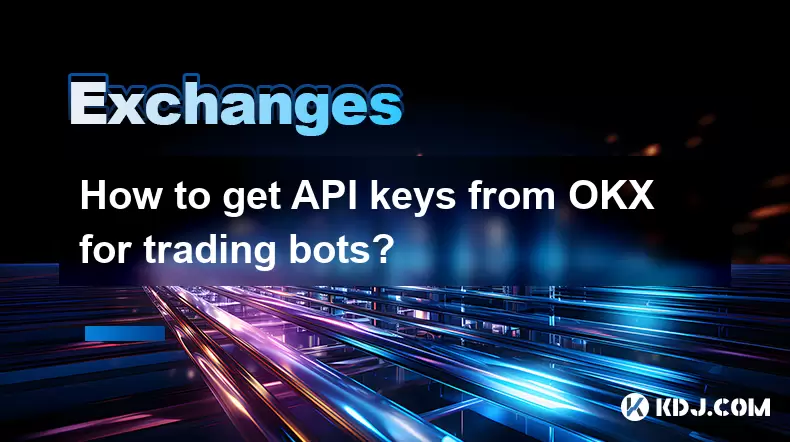
How to get API keys from OKX for trading bots?
Jul 03,2025 at 07:07am
Understanding API Keys on OKXTo interact with the OKX exchange programmatically, especially for building or running trading bots, you need to obtain an API key. An API (Application Programming Interface) key acts as a secure token that allows your bot to communicate with the exchange's servers. On OKX, these keys come with customizable permissions such ...
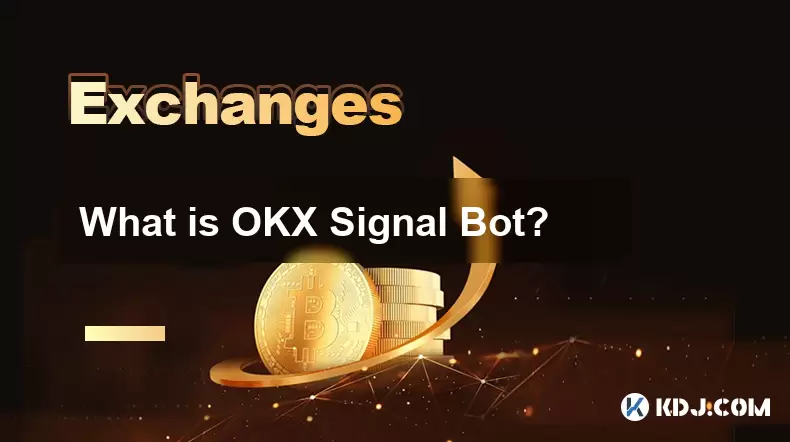
What is OKX Signal Bot?
Jul 02,2025 at 11:01pm
Understanding the Basics of OKX Signal BotThe OKX Signal Bot is a feature within the OKX ecosystem that provides users with automated trading signals and execution capabilities. Designed for both novice and experienced traders, this bot helps identify potential trading opportunities by analyzing market trends, technical indicators, and historical data. ...
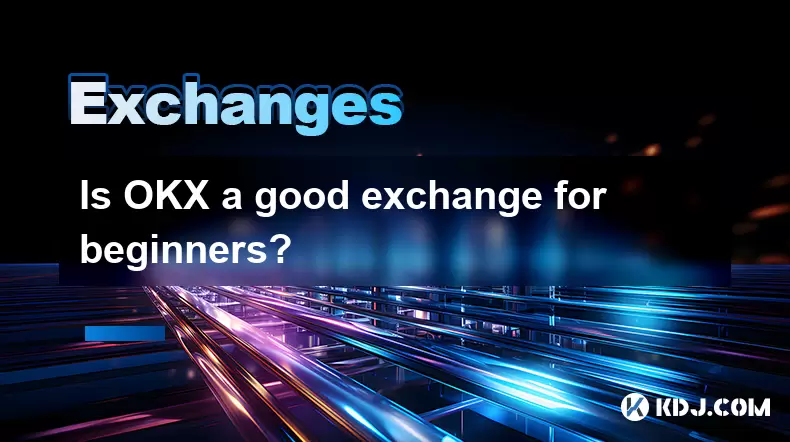
Is OKX a good exchange for beginners?
Jul 03,2025 at 05:00pm
What Is OKX and Why Is It Popular?OKX is one of the leading cryptocurrency exchanges globally, known for its robust trading infrastructure and a wide variety of digital assets available for trading. It supports over 300 cryptocurrencies, including major ones like Bitcoin (BTC), Ethereum (ETH), and Solana (SOL). The platform has gained popularity not onl...
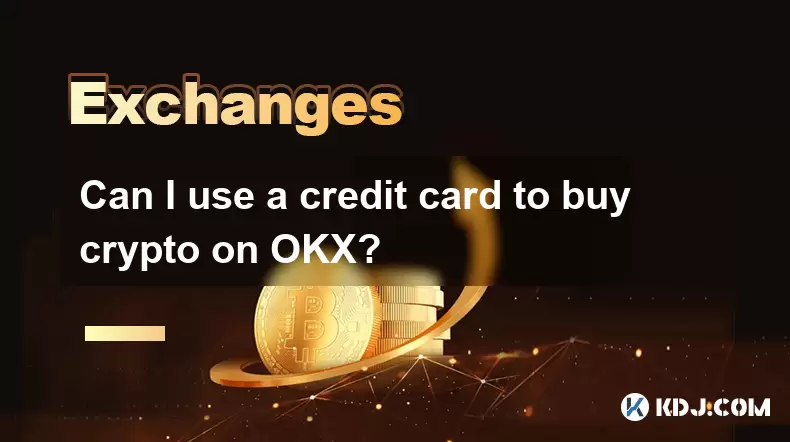
Can I use a credit card to buy crypto on OKX?
Jul 04,2025 at 04:28am
Understanding OKX and Credit Card PaymentsOKX is one of the leading cryptocurrency exchanges globally, offering a wide range of services including spot trading, derivatives, staking, and more. Users often wonder whether they can use a credit card to buy crypto on OKX, especially if they are new to the platform or looking for quick ways to enter the mark...
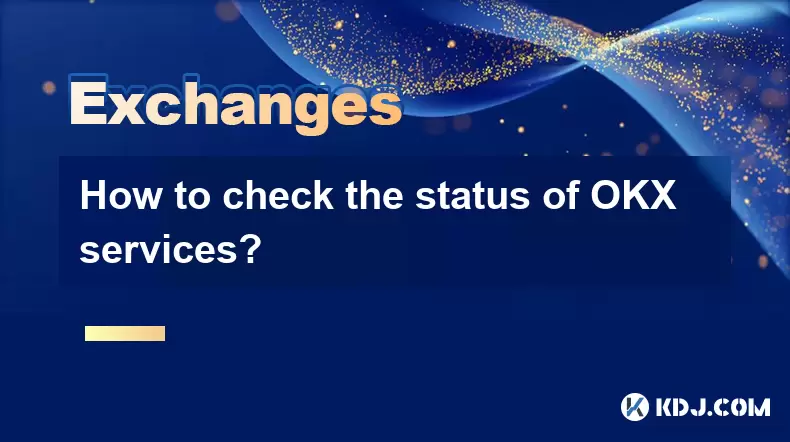
How to check the status of OKX services?
Jul 02,2025 at 11:14pm
What is OKX, and Why Checking Service Status Matters?OKX is one of the world’s leading cryptocurrency exchanges, offering services such as spot trading, futures trading, staking, and more. With millions of users relying on its platform for daily transactions, it's crucial to know how to check the status of OKX services. Downtime or maintenance can affec...
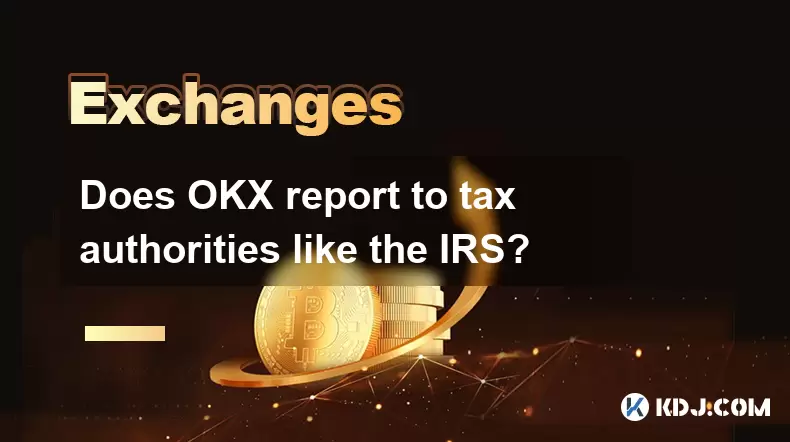
Does OKX report to tax authorities like the IRS?
Jul 03,2025 at 03:14pm
Understanding the Role of Cryptocurrency Exchanges in Tax ReportingCryptocurrency exchanges play a crucial role in facilitating digital asset transactions, but their responsibilities extend beyond trading and custody. As regulatory scrutiny intensifies globally, users are increasingly concerned about whether platforms like OKX report to tax authorities ...

How to get API keys from OKX for trading bots?
Jul 03,2025 at 07:07am
Understanding API Keys on OKXTo interact with the OKX exchange programmatically, especially for building or running trading bots, you need to obtain an API key. An API (Application Programming Interface) key acts as a secure token that allows your bot to communicate with the exchange's servers. On OKX, these keys come with customizable permissions such ...

What is OKX Signal Bot?
Jul 02,2025 at 11:01pm
Understanding the Basics of OKX Signal BotThe OKX Signal Bot is a feature within the OKX ecosystem that provides users with automated trading signals and execution capabilities. Designed for both novice and experienced traders, this bot helps identify potential trading opportunities by analyzing market trends, technical indicators, and historical data. ...

Is OKX a good exchange for beginners?
Jul 03,2025 at 05:00pm
What Is OKX and Why Is It Popular?OKX is one of the leading cryptocurrency exchanges globally, known for its robust trading infrastructure and a wide variety of digital assets available for trading. It supports over 300 cryptocurrencies, including major ones like Bitcoin (BTC), Ethereum (ETH), and Solana (SOL). The platform has gained popularity not onl...

Can I use a credit card to buy crypto on OKX?
Jul 04,2025 at 04:28am
Understanding OKX and Credit Card PaymentsOKX is one of the leading cryptocurrency exchanges globally, offering a wide range of services including spot trading, derivatives, staking, and more. Users often wonder whether they can use a credit card to buy crypto on OKX, especially if they are new to the platform or looking for quick ways to enter the mark...

How to check the status of OKX services?
Jul 02,2025 at 11:14pm
What is OKX, and Why Checking Service Status Matters?OKX is one of the world’s leading cryptocurrency exchanges, offering services such as spot trading, futures trading, staking, and more. With millions of users relying on its platform for daily transactions, it's crucial to know how to check the status of OKX services. Downtime or maintenance can affec...

Does OKX report to tax authorities like the IRS?
Jul 03,2025 at 03:14pm
Understanding the Role of Cryptocurrency Exchanges in Tax ReportingCryptocurrency exchanges play a crucial role in facilitating digital asset transactions, but their responsibilities extend beyond trading and custody. As regulatory scrutiny intensifies globally, users are increasingly concerned about whether platforms like OKX report to tax authorities ...
See all articles

























































































